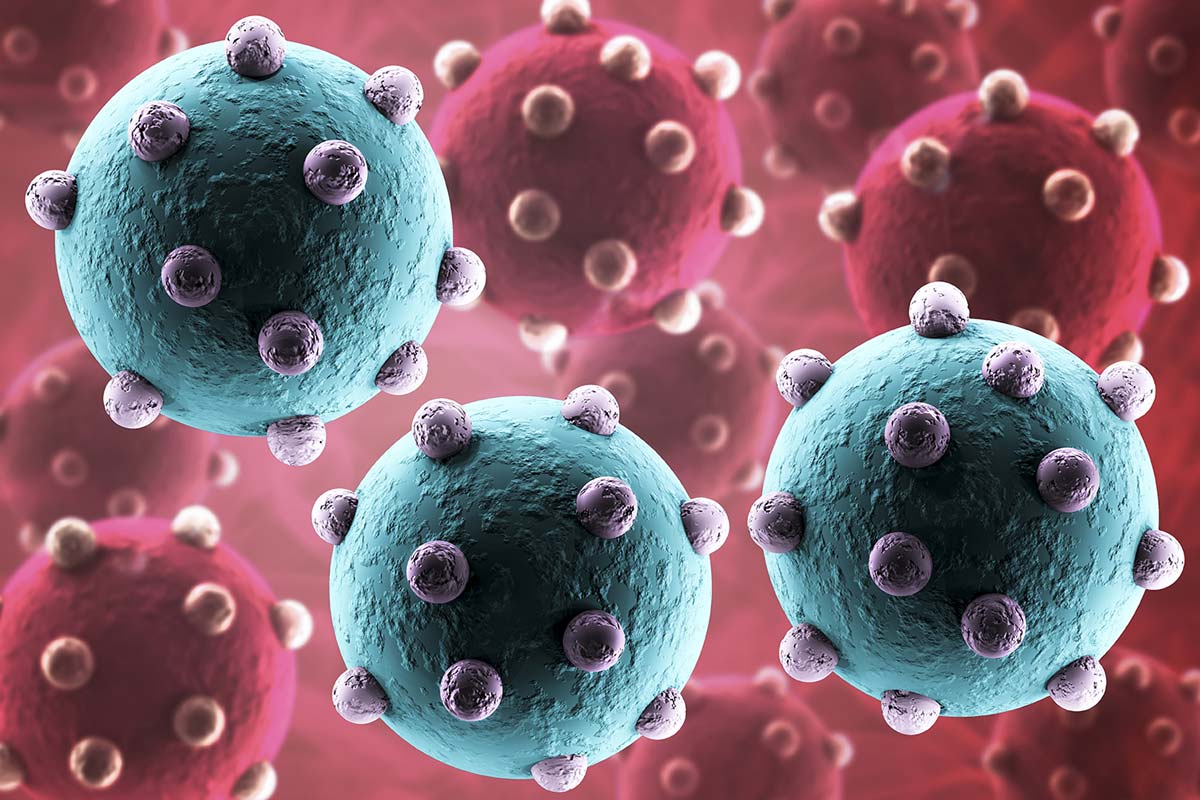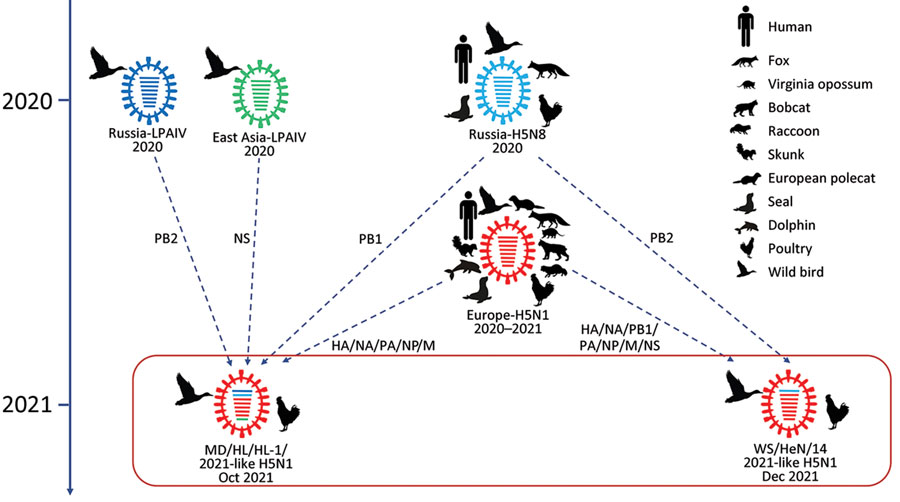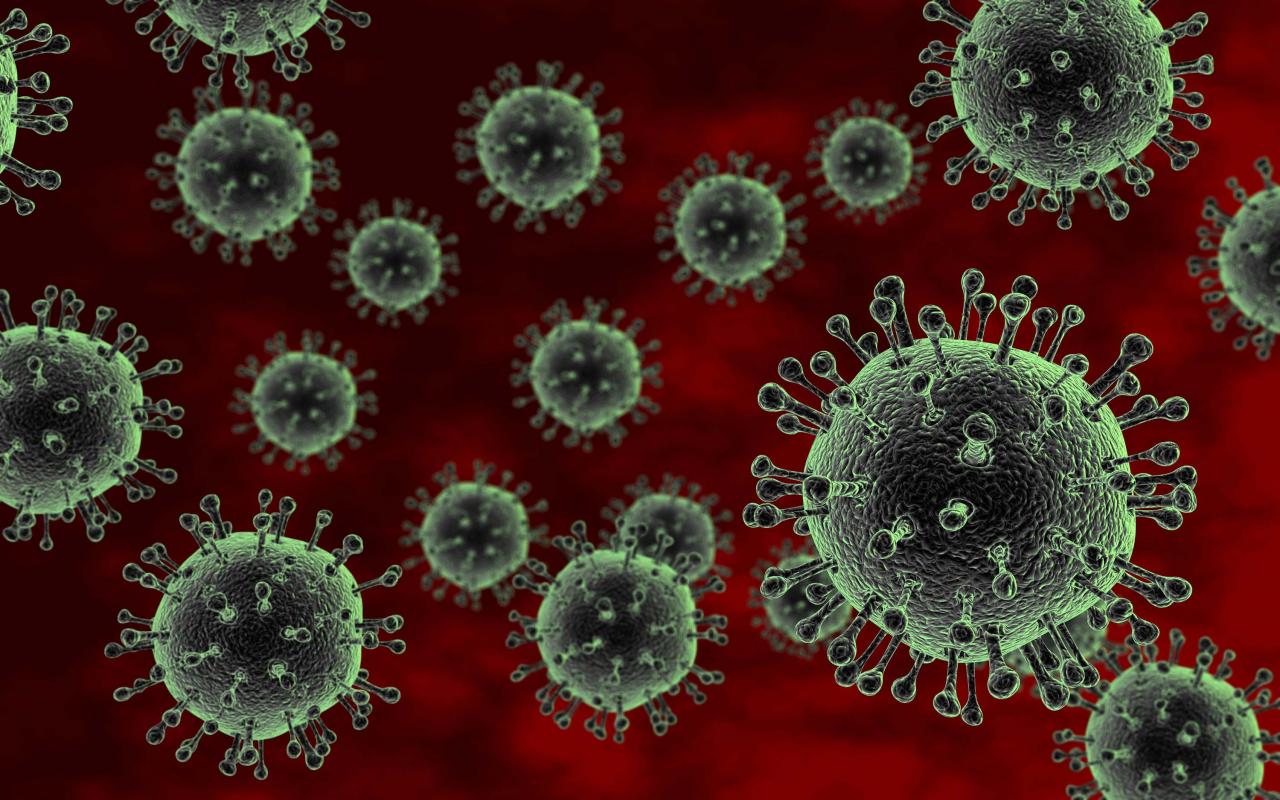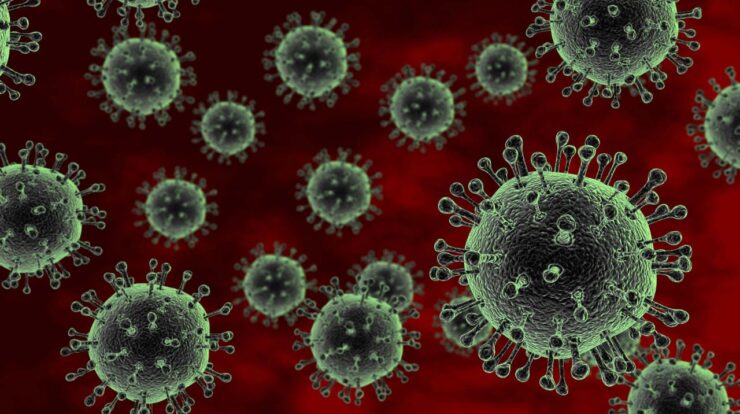
The H5N1 pandemic has emerged as a global health crisis, with far-reaching implications for human and animal health, as well as socio-economic systems. This highly pathogenic avian influenza virus has spread across borders, infecting both poultry and humans, leaving a trail of devastation in its wake.
As the virus continues to mutate and adapt, understanding its transmission dynamics, symptoms, risk factors, and preventive measures is crucial for mitigating its impact and safeguarding global health.
Global Impact
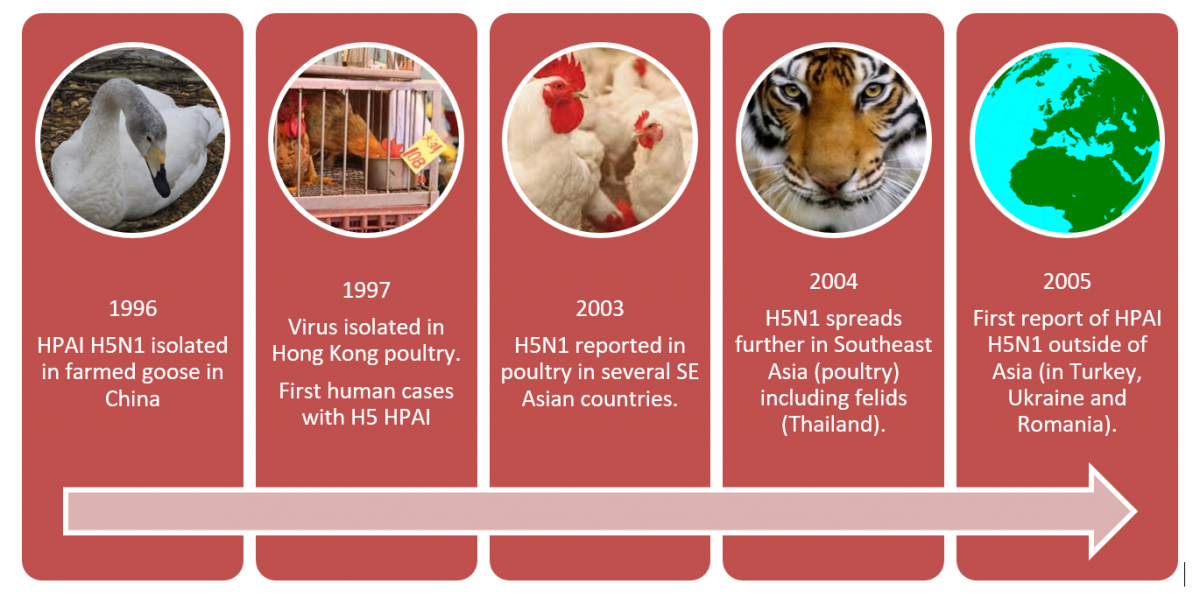
The H5N1 virus has spread rapidly across the globe, affecting poultry and humans in numerous countries. As of 2023, outbreaks have been reported in over 60 countries, with the highest infection rates in Southeast Asia, Europe, and Africa. The pandemic has had significant economic and social consequences, leading to widespread poultry culling, trade restrictions, and disruption of food supply chains.
Economic Consequences
The H5N1 pandemic has resulted in billions of dollars in economic losses for the poultry industry. Mass culling of infected flocks has led to reduced production and increased prices for poultry products. The pandemic has also disrupted international trade, as countries have implemented restrictions on the import and export of poultry and poultry products.
Social Consequences, H5n1 pandemic
The H5N1 pandemic has had a significant impact on rural communities that rely on poultry for food and income. The culling of poultry flocks has led to food shortages and economic hardship. The pandemic has also caused widespread fear and anxiety, leading to changes in social behavior and a decrease in tourism.
Conclusion: H5n1 Pandemic
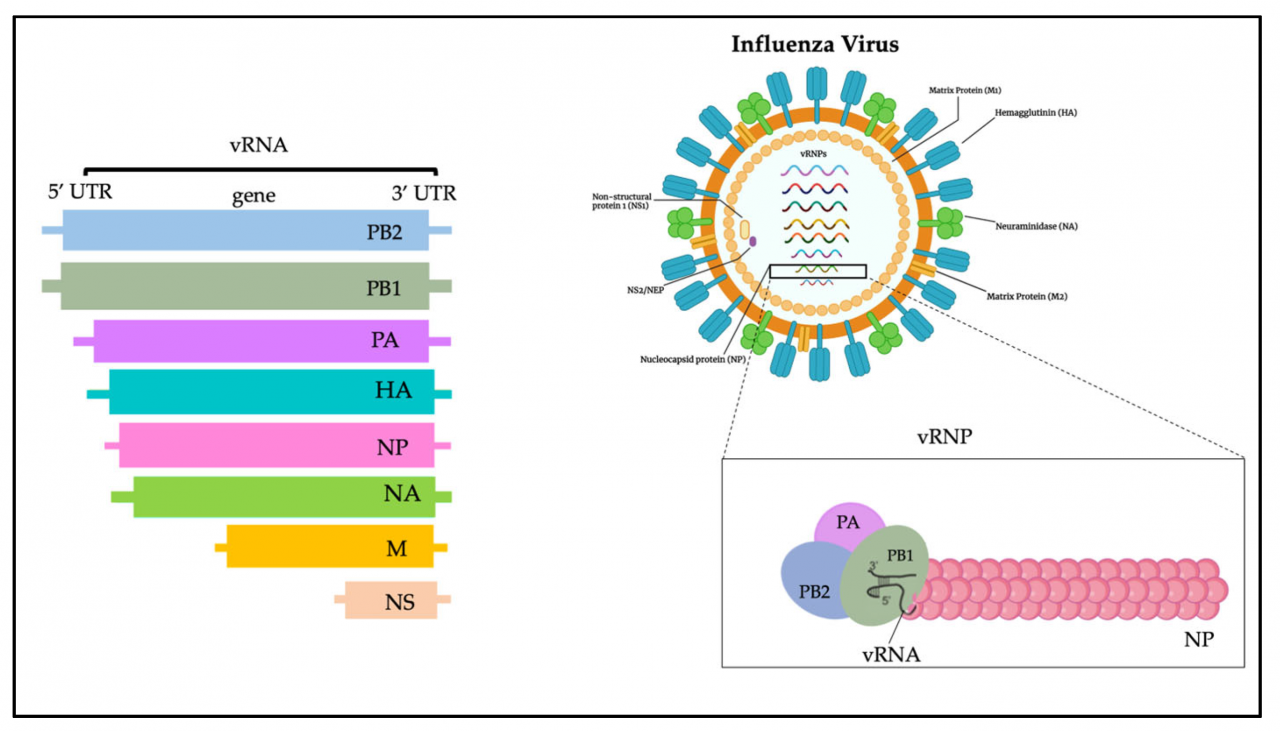
The H5N1 pandemic has underscored the urgent need for international collaboration, scientific research, and public health preparedness. By implementing comprehensive surveillance systems, developing effective vaccines and antiviral treatments, and promoting responsible practices in animal agriculture, we can collectively address this global health challenge and work towards a future where the threat of H5N1 is diminished.
